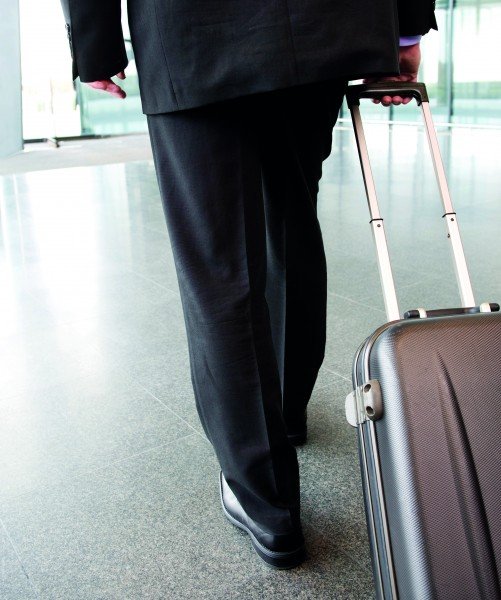 As the world’s largest health and safety professional membership organisation, IOSH members are increasingly travelling and working overseas. Simon Hatson offers advice on how to plan for a safe, secure and healthy journey
As the world’s largest health and safety professional membership organisation, IOSH members are increasingly travelling and working overseas. Simon Hatson offers advice on how to plan for a safe, secure and healthy journey
More and more safety and health professionals are undertaking international travel as part of their work. However, responsibility often falls on these individuals to ensure that the associated risks have been identified, considered and, most importantly, reduced in advance.
How this is done in practice differs significantly to the way risks are managed day-to-day in a company’s own premises. Often, the safety and health professional will not be able to assess the risks first hand; they can often be heavily reliant on information provided by others.
However, these risks can be complex and difficult to manage. It depends very much on where the professional is travelling to and mode of transport.
With so much onus placed on safety and security, health is often overlooked. But taking the recent Ebola outbreak as an example, pre-planning and taking suitable precautions in the face of such dramatic events is strongly advised.
Integral to any health planning is a consideration of medical facilities or first aid plus its availability, especially when operating in remote areas. Business travellers should bear in mind that even if a hospital is located nearby, staff may not speak English. Before travelling, it’s important to consider worst-case scenarios and plan accordingly so the individual has access to appropriate care.
It is understandable that a foreign business traveller that has been hospitalised, no matter how good the facilities and standards of care, will want to return home at the earliest opportunity. However, this is far from straightforward and can be time consuming and extremely expensive. Contingency plans should be made before travel.
Surprisingly, one of the biggest health risks is not associated with the destination but rather the individual’s existing health conditions. Therefore, it’s advisable to consult with the individual before travel, and where necessary seek medical advice so that the company and the traveller are suitably prepared.
Due to the remote nature of some overseas travel, health and safety professionals often have to rely on the existing assessments from those responsible for the facilities being visited to understand the significant safety risks. But it’s not only about what might happen at the end destination. Often, one of the biggest risks is the journey between the UK and arrival overseas. Road travel in many countries can be extremely perilous and requires considerable logistical planning with known and trusted suppliers.
Managing the business traveller’s personal security has become increasingly more important as individuals travel to more challenging environments. Some of the most significant challenges have been well documented and published. However, travellers would be strongly advised to tap into important advice services for more detailed information such as the Foreign & Commonwealth Office.
Undoubtedly, the best way to manage the safe movement of employees internationally is through careful planning. Only by carrying out detailed research, assisting employees in their travel plans and monitoring their movements, can businesses respond effectively should anything go wrong.
A wealth of information and services are available to support global travel. The value comes from accessing, reviewing, applying and communicating it before employees travel. It’s also vital that businesses tap into the personal knowledge gleaned by work colleagues that have previous experience of travelling to these locations. Their first-hand experience can be invaluable and can be vital to the overall planning.
Of course, businesses may want to take the risk and act only when things go wrong. By then, however, it will already be too late; trying to evacuate employees and support them from abroad is extremely complicated, not to mention very costly. Far better to have got it right from the outset.
Simon Hatson is the vice-chair of the IOSH Offshore Group
This eBook will guide you through some of the key understandings you need to be able to manage driver safety effectively and, at the end, provide a series of free resources you can access to help you ensure your own driver safety management system is robust, legally compliant and in line with industry-accepted good practice.
Download this eBook from Driving for Better Business and SHP to cover:
- Why do we need to manage driver safety?
- Duty of care – a shared responsibility;
- Setting the rules with a driving for work policy;
- Managing driver safety;
- Ensuring safe vehicles;
- Safe journeys and fitness to drive;
- Record keeping;
- Reporting;
- The business benefits of good practice;
- Additional resources


